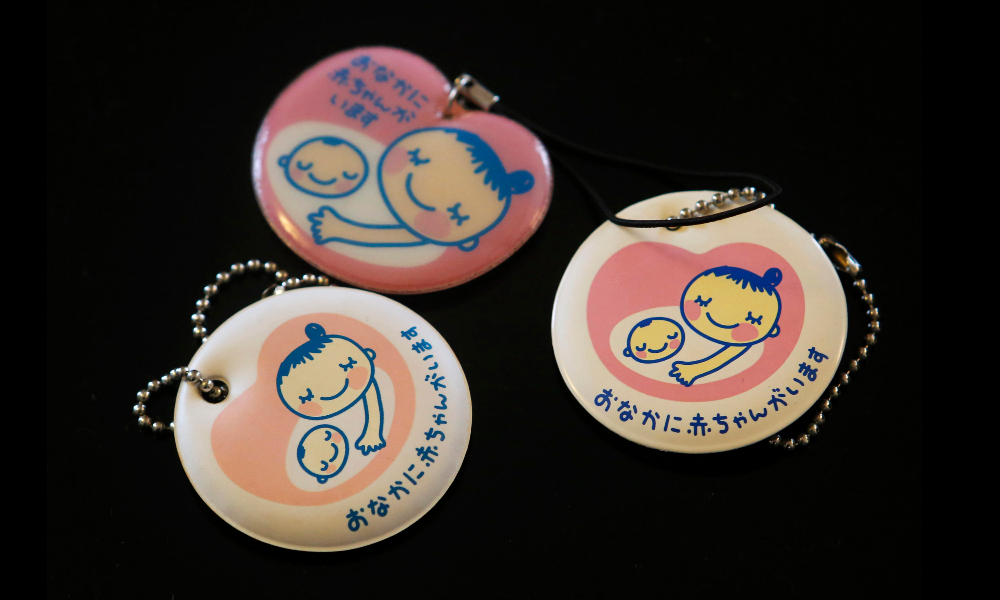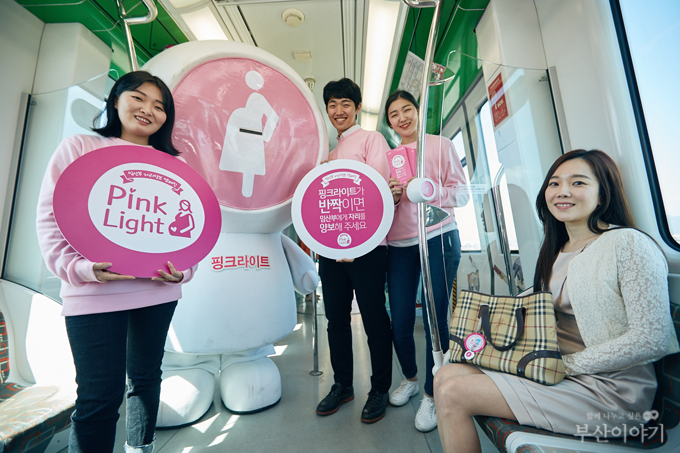As designers, it is important for us to understand what our role and responsibility is about. Regardless of our disciplines, it is important to know the difference between being a designer and an artist. A designer is often given a brief and a problem to solve using design solutions, with each of these challenges targeted at a certain group of people. This reading further elaborates on the role of a designer as a problem solver and a mediator between the client and the users.
It is easy to forget the role as a designer when the workload becomes overwhelming. Many of us tend to choose the “easy” way out, using existing design solutions to fit into a new client brief so as to complete the project within the stipulated time frame. The reading emphasises that no design process is the same and the outcome is never perfect. Designs are solutions to the environment and society that is constantly changing with time. Therefore, a design that solves an existing problem may not necessary solve another problem of the same nature.
Ninshin Baaji – Japan’s Maternity Badge
An example of an artwork I find thoughtful and reflects the concepts discussed in the reading is the design of maternity badges in Japan and South Korea.

As a move to encourage working mothers, these badges serve to better the experience of pregnant women in their workplace and public spaces. On a public transport, these badges inform those around them to be more aware of them and give up their seats so that they will have a more comfortable ride to work. It also helps in an emergency, as a medical personnel will be more mindful of their unborn child should they have to exercise medical attention.

Pink Light – South Korea

In South Korea, a similar system was rolled out on the public transport. A pregnant woman with a badge triggers a sensor on the train that will alert a fellow consumer so that they will be given a seat on the train. The visual cue alerts commuters of a pregnant lady on-board the train.
With such a small badge, it is easy to go unnoticed in a crowded train. This Pink Light system better alerts commuters of a pregnant woman during a peak hour. Commuters who are engaged with their mobile phones will also be able to respond faster with such an alert.
In Relation to Core Concepts
In this example, the society has to adapt to the digital artifact (the badge). This artifact also seeks to improve the lives of a targeted group of people – in this case, pregnant women. It solves current issues of pregnant women who may be in their early stages of pregnancy or when their belly are not as obvious. Both badges (Japan and South Korea) help fellow members of society become more aware of pregnant women in the public. Both design process are unique in their own way and its outcomes vary in relation to the environment they were designed for.
I think this reading serves as an important reminder for us all in the design process and this is what sets us apart from artists. It summarises the role of a designer in a succinct manner.
“The designer…has other considerations as well. [..] A designer is also a citizen in a society and a member of a group that possesses specific professional knowledge.”
Designers are not just tools of creativity. They are problem solvers and educators. The end goal should not be a design that feeds our ego but a design that seeks to improve the lives of fellow humans, however minute it may be. It is crucial to understand this concept so that we will be able to create a thoughtful design for others.